Walk into a room where the ceiling and walls meet with crisp, well-chosen crown molding and you instantly sense completeness; that thin band of detail unifies architecture, invites the eye upward, and even disguises minor imperfections at the junction of surfaces. Design writers note that molding can upgrade everything from starter apartments to grand historic homes, and they caution that matching profile scale to ceiling height is critical for polish. The Spruce The Spruce Whether you lean classic, modern, or experimental, the twenty ideas below show how crown molding turns a plain “fifth wall” into a feature worth noticing—so let’s explore the possibilities.
1. Crown Molding as an Architectural Unifier
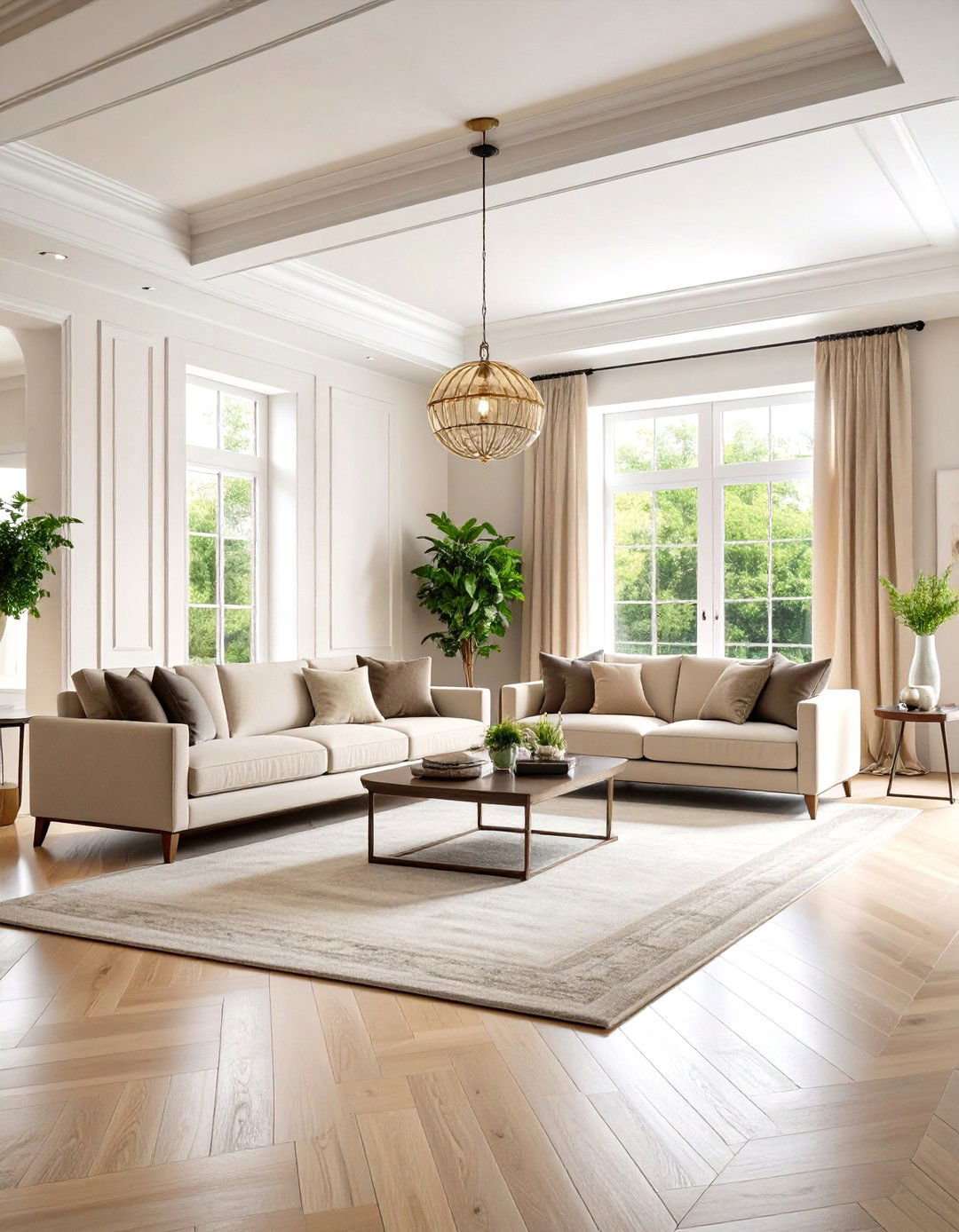
A carefully proportioned crown molding can visually tie baseboards, window casings, and door trims into one continuous frame, giving open-plan rooms a cohesive rhythm. Architectural guides emphasize echoing shapes—so if your baseboard has a subtle curve, choose a coved crown with a similar sweep for stylistic harmony. The Spruce To keep the look intentional, paint both trims in the same sheen; the repeating profile forms a perimeter “picture frame” that subtly elevates ceiling height while smoothing transitions between differently colored walls in adjacent zones.
2. Layered Crown Molding for Grand Ceilings
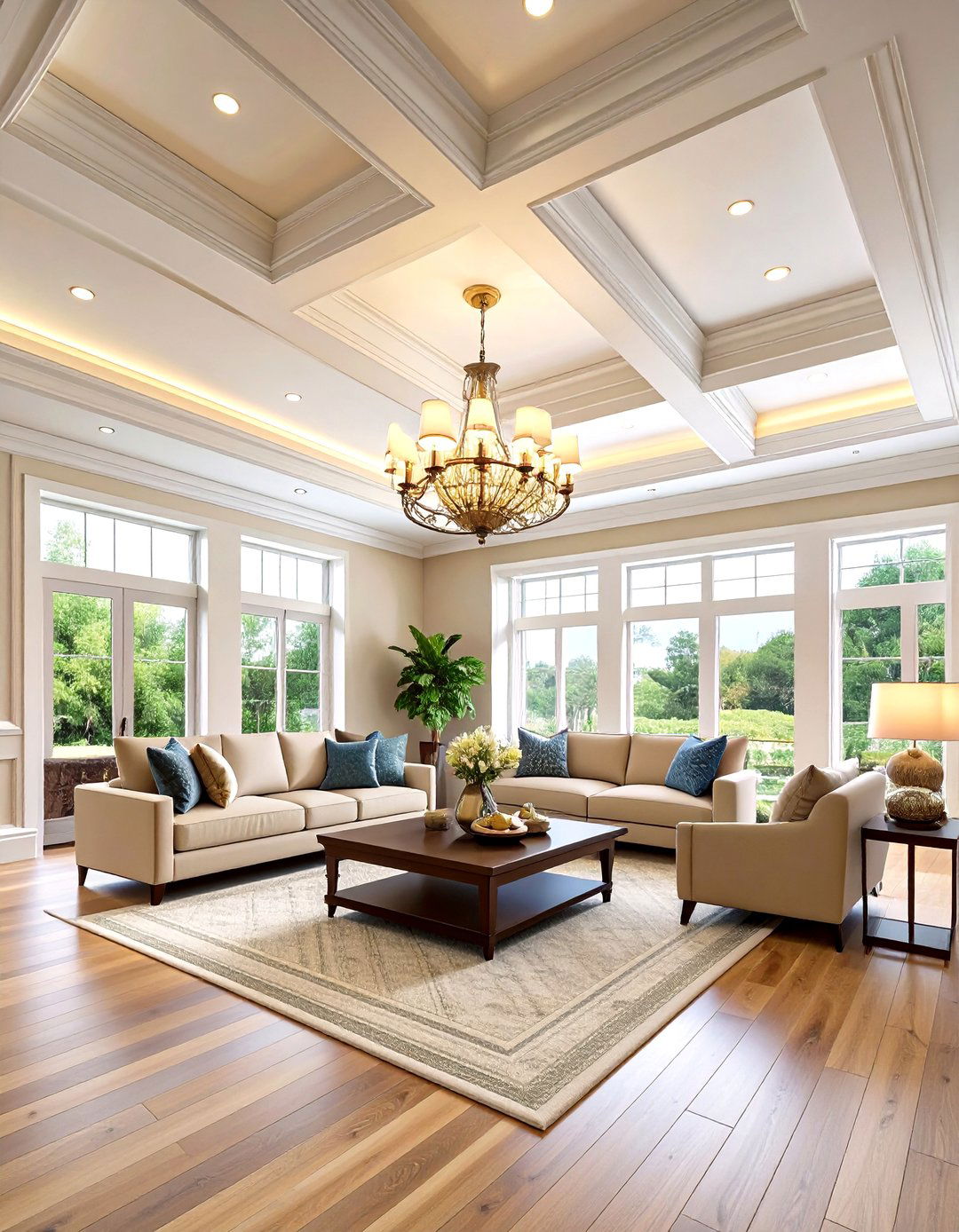
Stacking two or three simple boards into a built-up crown delivers drama without resorting to ornate Victorian scrolls. DIY galleries of stacked crown show how mixing flat stock, a small cove, and a narrow bead can create a nine-inch profile perfect for rooms with eleven-foot ceilings. Pinterest Use wood filler at every joint, sand flush, and paint as one element so the eye reads it as custom millwork rather than separate pieces. A layered build-up is also forgiving: individual parts are lighter and easier to handle on a ladder than one huge piece.
3. Coved Crown Molding for Contemporary Spaces
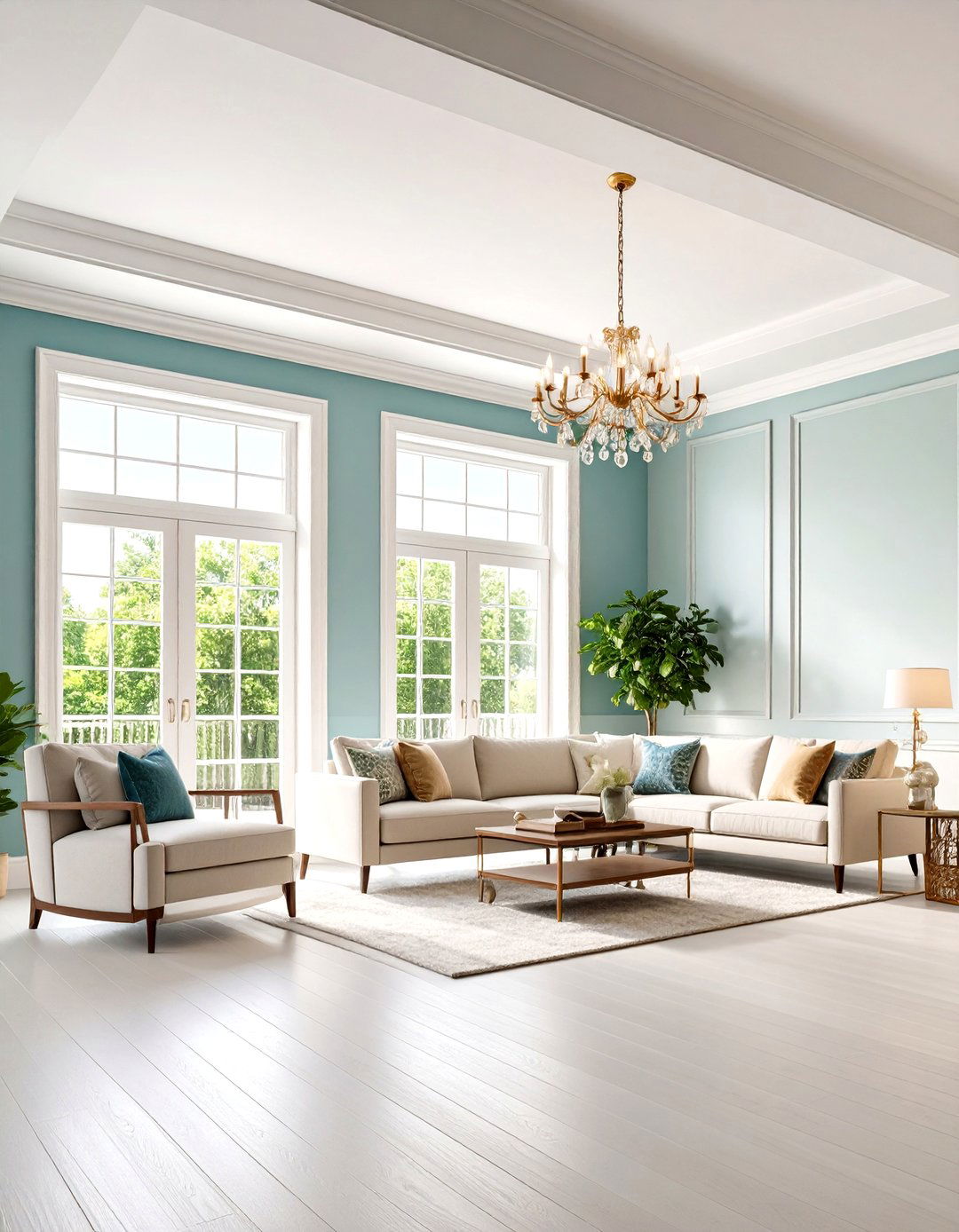
Unlike traditional dentil profiles, a simple concave cove offers soft shadow lines that feel airy and modern. Flat-stock cove products in lightweight polyurethane arrive primed and need only light sanding before installation, making them popular for clean-lined loft renovations. Pinterest Paint the cove in the same color as the ceiling to emphasize its curve; painting it the wall color reduces perceived height, so choose intentionally. Pair the cove with square plinth blocks on door casings to maintain straight-edge minimalism elsewhere.
4. Crown Molding with LED Cove Lighting
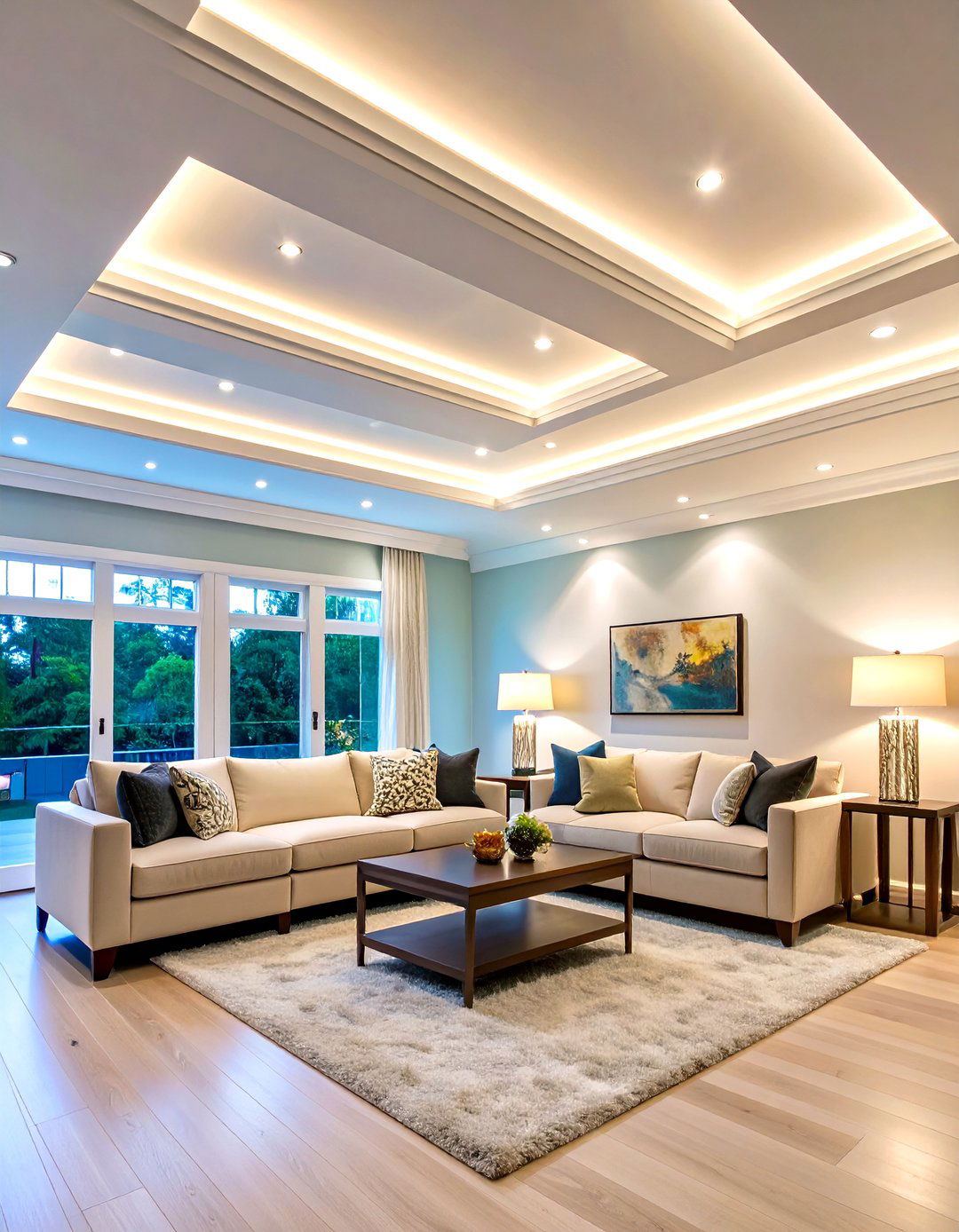
Hollow crown molding designed for indirect lighting hides LED strips along the back edge, bathing walls and ceilings in a seamless halo. Retail offerings list standard 2½- and 5-inch projections so you can match existing trims while adding mood illumination that doubles as evening ambience. Install a dedicated low-voltage driver in an accessible attic bay and add a dimmer switch to fine-tune glow. For consistent diffusion, set the LED tape two inches from the top edge and choose 3000 K LEDs to flatter most paint colors.
5. Simplified Minimalist Crown Profiles

Modern interiors often use flat stock—essentially a slim 1×4—installed at a 90-degree angle for an understated reveal. Retail guides point out that flat polyurethane boards can be ripped to custom heights and caulked for a nearly flush look that fades into the ceiling line. The Home Depot Combine this minimalist crown with shadow-gap baseboards to reinforce the contemporary aesthetic, and spray all trim in the same matte finish so attention stays on furnishings rather than ornament.
6. Rustic Wood Crown Molding
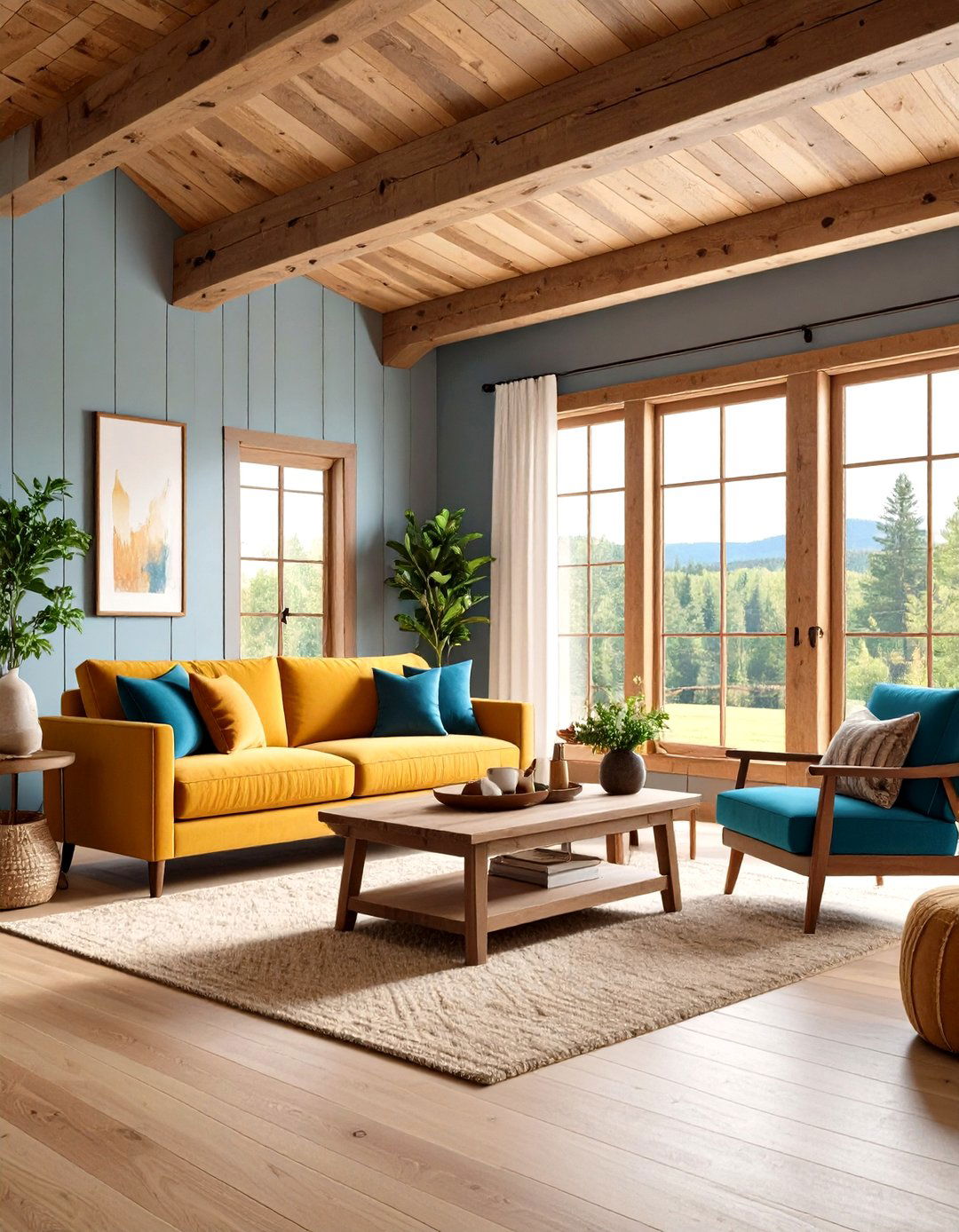
Reclaimed barn boards or salvaged pine beams introduce warmth and texture overhead. Vintage millwork shops sell weathered crown pieces complete with nail holes and patina, ready to sand lightly and seal with matte polyurethane for authenticity. Etsy Because aged wood can be brittle, pre-drill pilot holes and use trim screws rather than finish nails. Anchor into ceiling joists where possible; rustic cracks and knots forgive tiny fills and highlight age marks that factory molding can’t replicate.
7. Crown Molding as a Color Accent
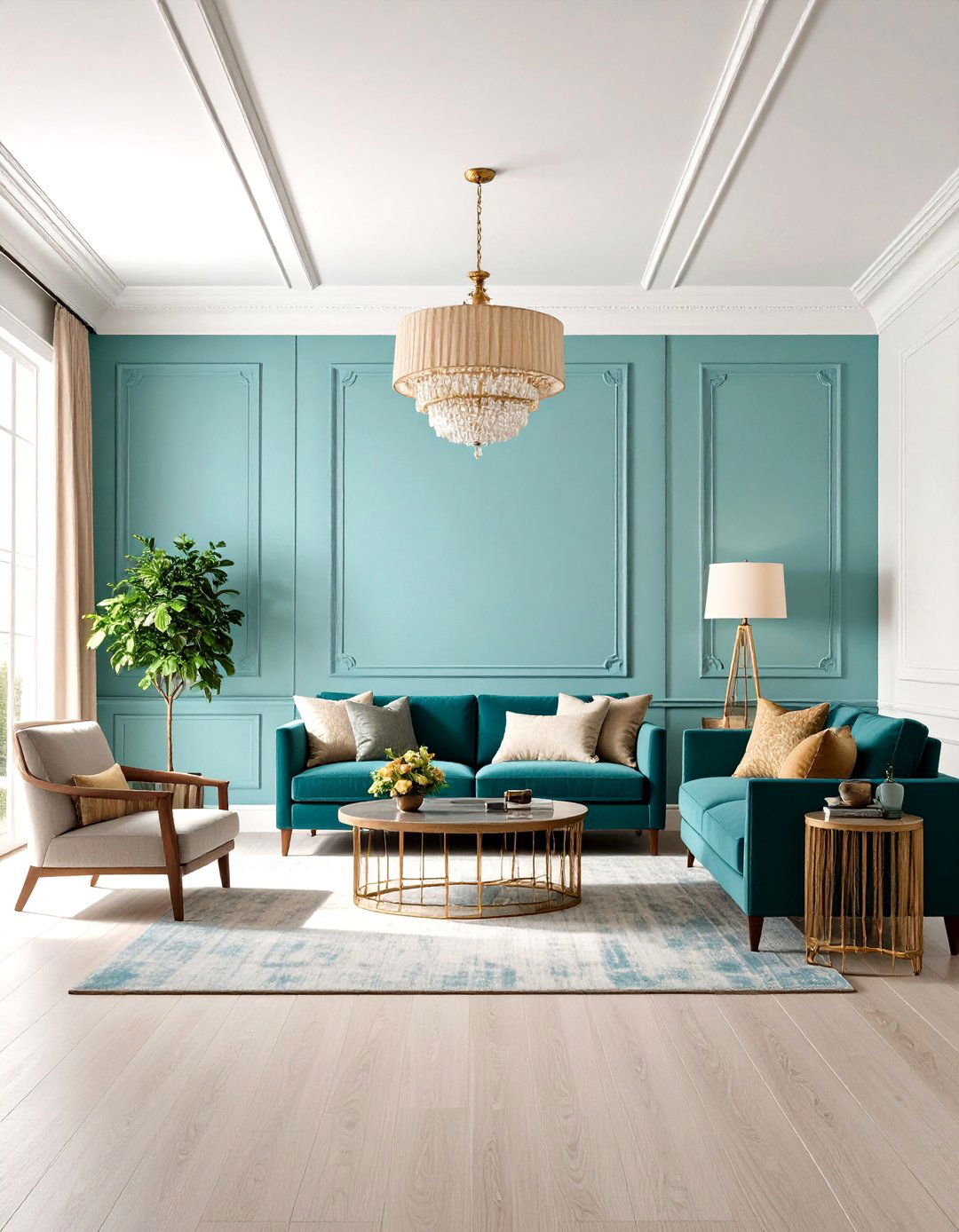
Painting crown molding a bold hue—charcoal against pale walls, for instance—creates an unexpected picture-frame effect that makes ceilings appear taller. Design trend pieces showcase dramatic black crown paired with matching baseboards for striking contrast without changing furniture. Better Homes & Gardens Pinterest Use high-quality enamel to avoid lap lines, and keep walls in a soft neutral so the crown remains the star. Dim warm lighting prevents the dark color from feeling oppressive after sunset.
8. Flexible Crown Molding for Curved Walls
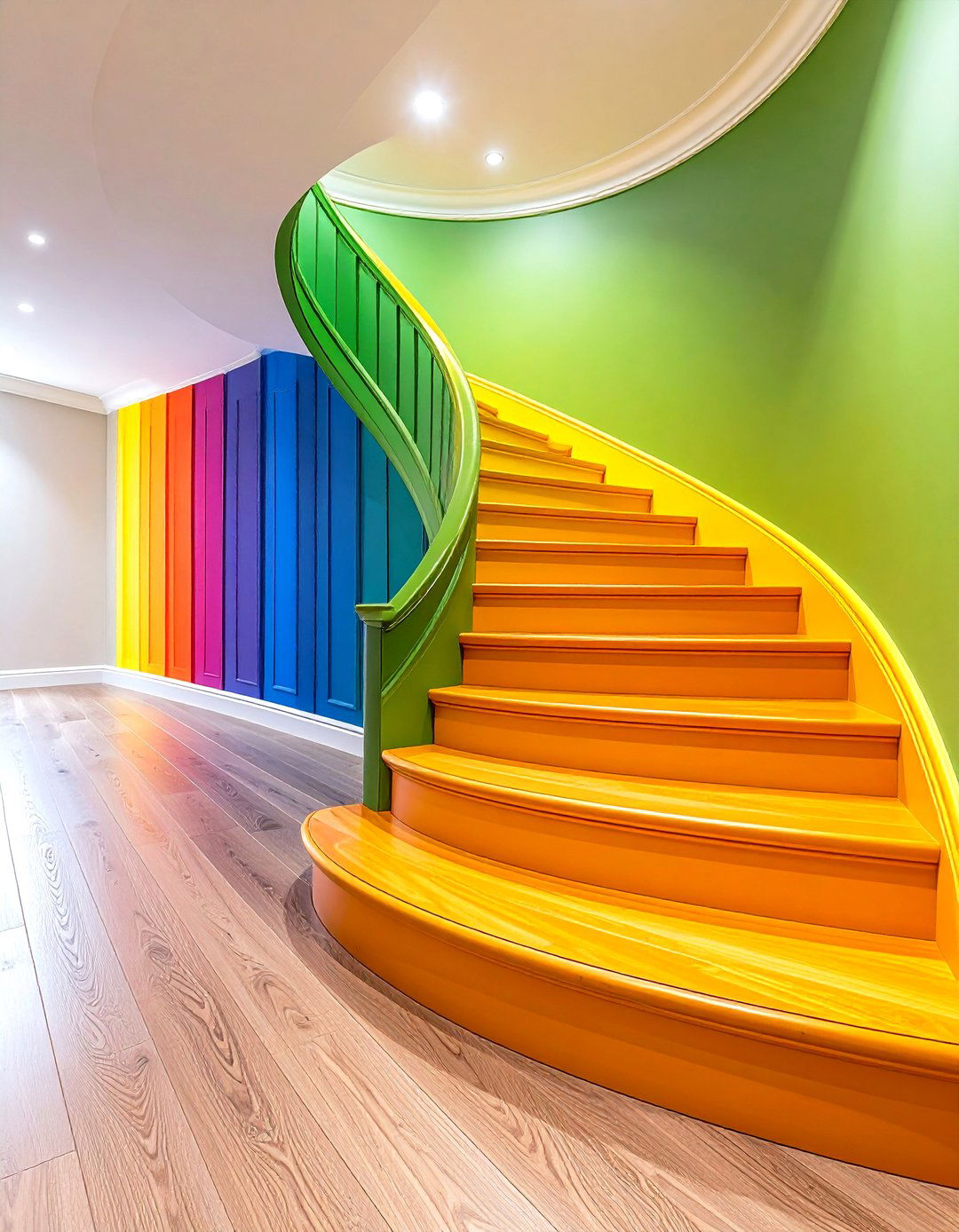
Curved stairwells or turret rooms no longer require custom plaster work; flexible polyurethane crown molds shipped coiled can be bent on site to match any radius. Installers note the material cuts with a regular miter saw and accepts latex paint just like rigid foam. Creative Crown For tight bends, warm the molding with a heat gun to ease friction, then hold in place with brad nails every eight inches until adhesive cures.
9. Crown Molding Frames for Ceiling Medallions

When you want a chandelier medallion to feel integrated rather than stuck on, ring it with a square of narrow crown, creating a coffer-like outline that naturally centers the fixture. Interior stylists highlight this technique as a quick way to enrich plain drywall ceilings without full coffering. Architectural Digest Measure equal offsets from the fixture box, miter corners precisely, and caulk gaps; the added lines draw eyes upward and make even small lights feel important.
10. Crown Molding Shelves
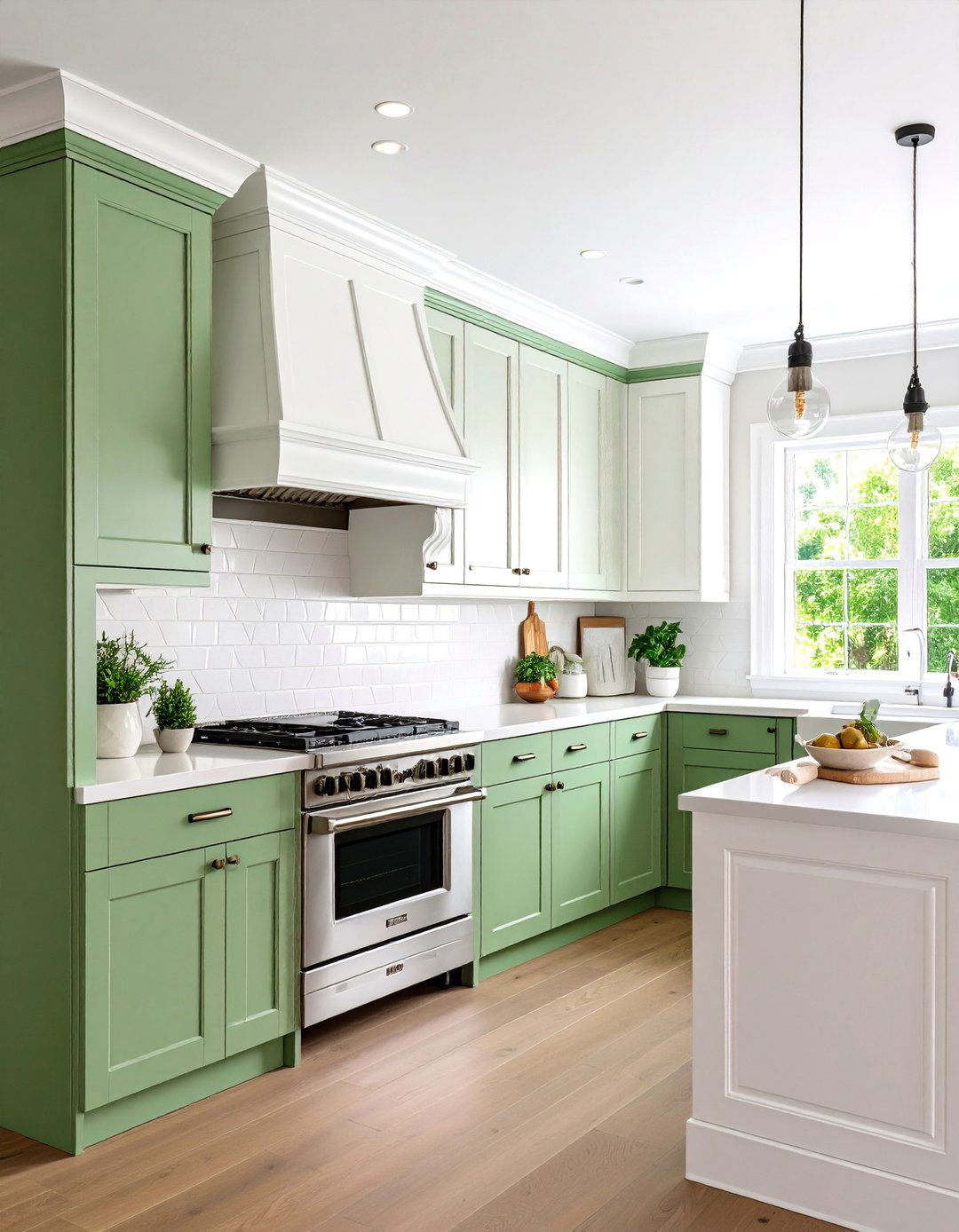
Flip a standard 4-inch crown upside down, fasten a 1×3 cleat inside, and you’ve built a delicate display ledge for picture frames or spice jars. DIY boards brim with photos of molding shelves painted to match wall color so objects seem to float. Pinterest Secure the cleat into studs, then finish-nail the crown to the cleat and fill holes. A row of identical shelves can substitute for upper cabinets in tight kitchens while keeping sight lines open.
11. Bathroom-Ready Moisture-Resistant Crown

Bathrooms challenge wood trim with steam and splashes, but PVC, polyurethane, or polystyrene crown resists swelling and rot. Big-box catalogs label such products “moisture-resistant” and offer them pre-primed for quick painting. Lowe's Use mildew-resistant acrylic caulk at all seams and coat with semi-gloss bathroom paint. In showers with tiled ceilings, run a low-profile PVC crown just below the tile edge to shield grout lines from water runoff.
12. Crown Molding around Tray Ceilings
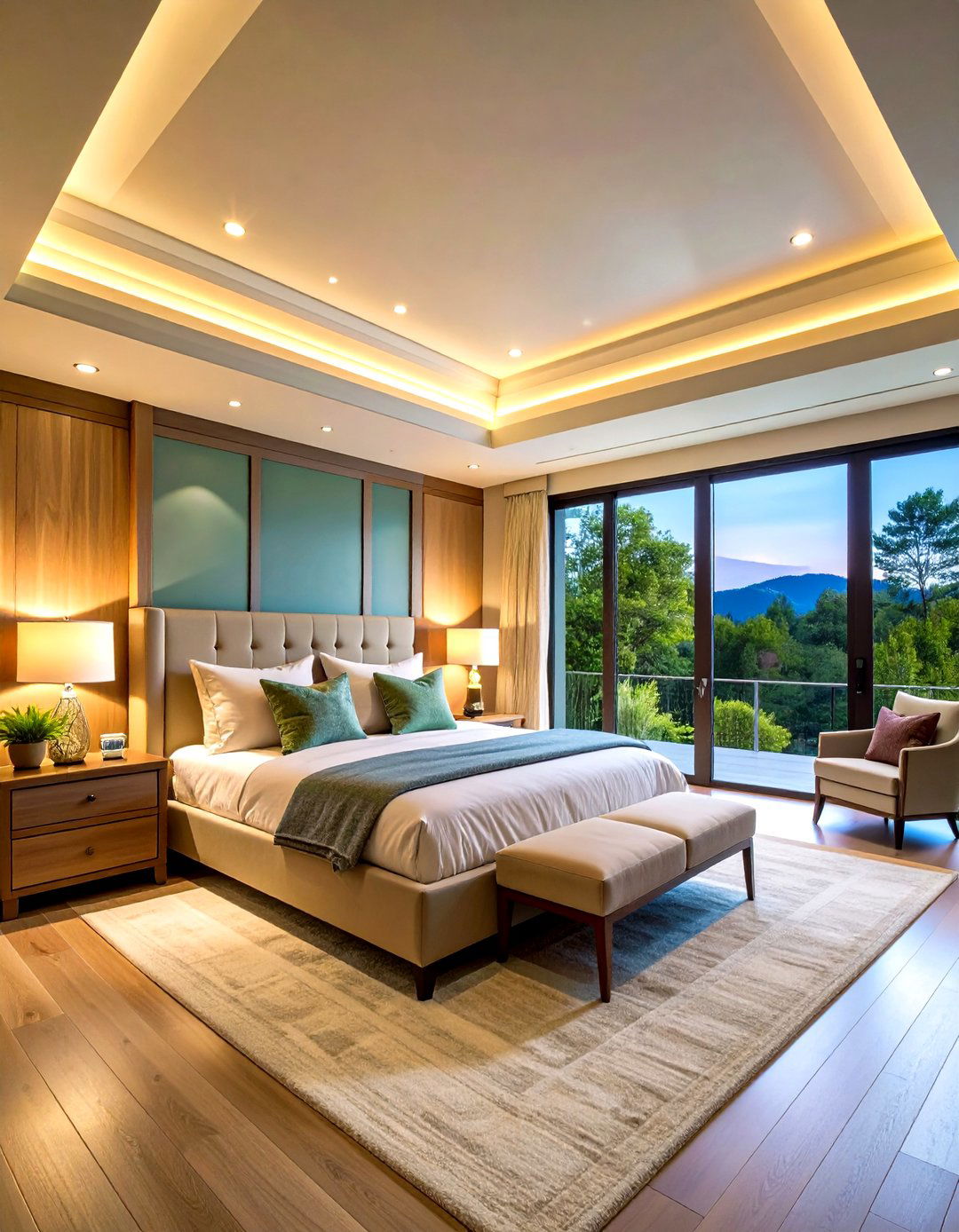
Drop the center of a tray ceiling three inches and wrap the perimeter with crown to accentuate depth. Design galleries reveal how even modest bedrooms gain architectural flair once the inner well is painted a subtle tint lighter than the outer ceiling. Houzz For extra impact, install strip LEDs behind the molding lip to make the tray glow softly at night, echoing upscale hotel vibes.
13. Crown Molding for Cabinet Tops

Kitchen designers often cap wall cabinets with a shallow crown to bridge the gap to an eight-foot ceiling, preventing dust ledges and giving budget cabinets a bespoke finish. Stacked crown on Shaker doors is especially popular, blending simple lines with added height. Pinterest Nail a filler strip atop the cabinet carcass before attaching molding so nails don’t split face frames, then paint the entire assembly to look seamless.
14. Crown Molding as Wall-Panel Transition
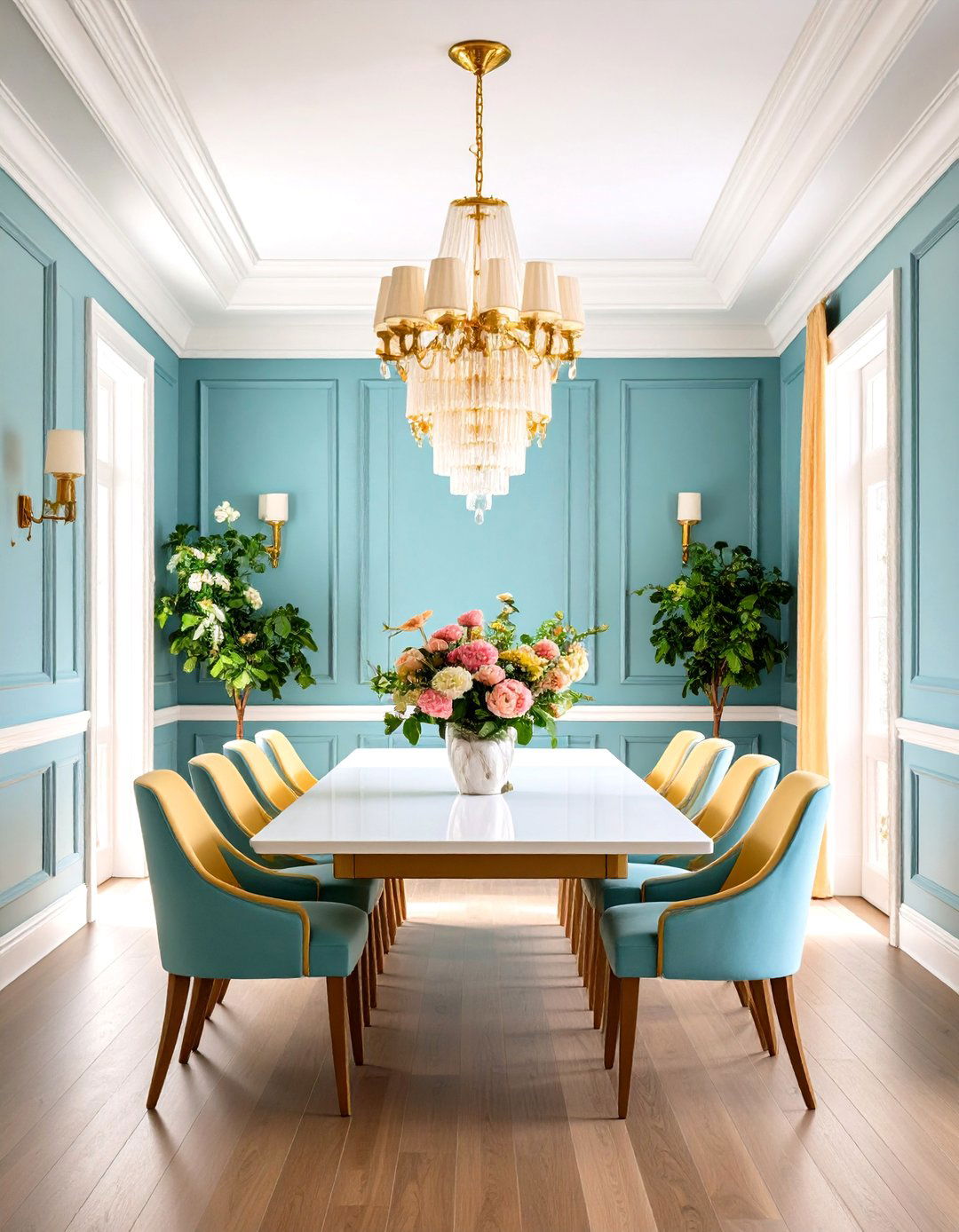
Use a slim cove as the upper band of picture-frame wainscoting to transition gracefully into a beefier ceiling crown. Decor guides describe this “panel-to-crown handshake” as a way to tie vertical millwork into overhead detail, creating a continuous envelope of trim. The Spruce Keep the intermediate rail at exactly one-third of wall height to follow classical proportion rules, letting the eye glide upward without abrupt breaks.
15. Mixing Metals with Crown Molding Inlays
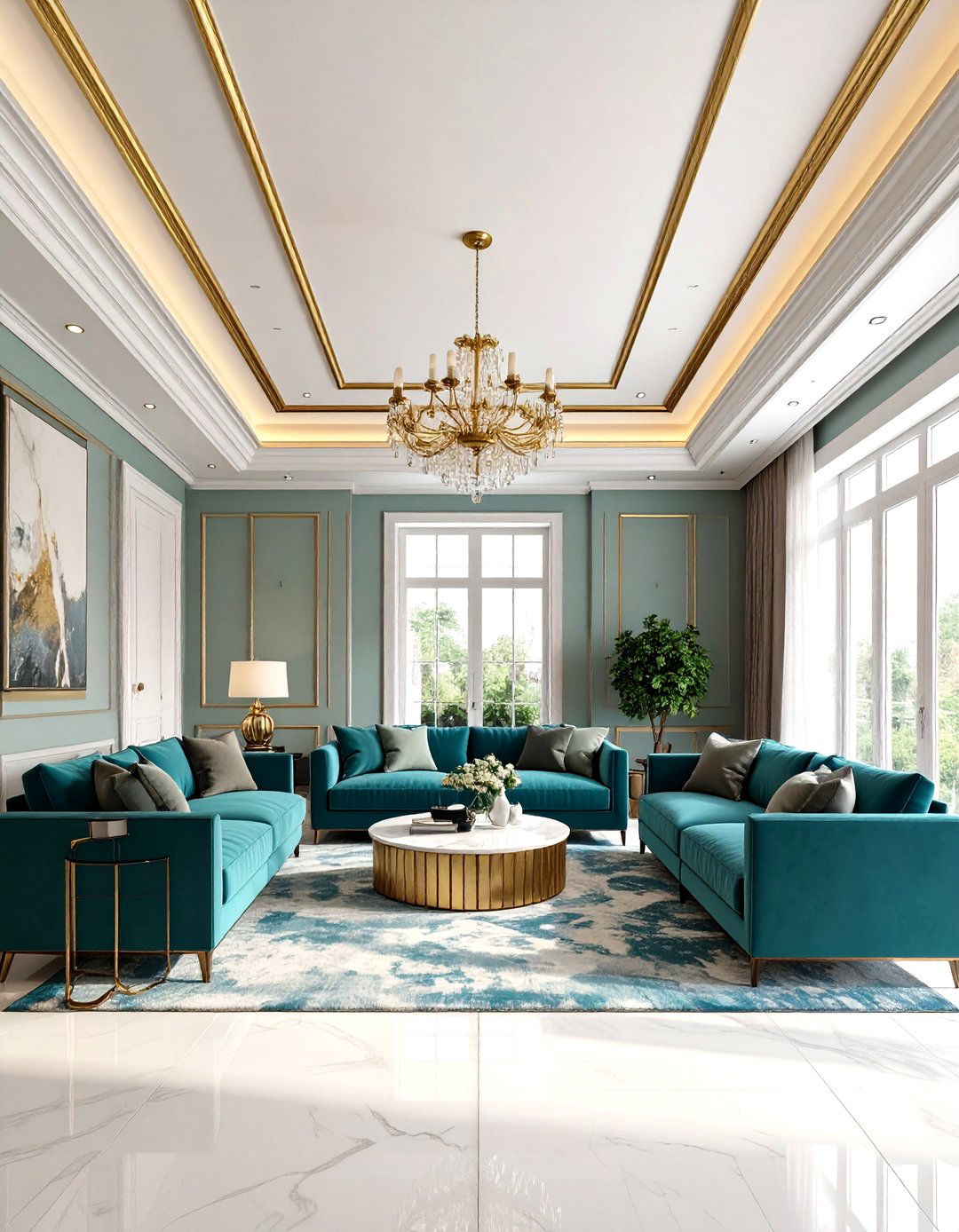
For a boutique-hotel vibe, inlay a ½-inch brushed-brass strip into the flat face of MDF crown before painting. Modern molding articles stress that mixing warm metal with painted profiles adds subtle luxury without over-decoration. Solid Construction & Design Use construction adhesive rated for metal-to-wood bonds and mask carefully to keep paint off the metal. LED uplights magnify the metallic line, making ceilings gleam.
16. Painted Black Crown for Dramatic Contrast

Deep black crown molding paired with light gray walls is trending in living rooms and foyers, giving edges crisp definition that frames artwork like a gallery. Photo collections show how the dark band actually recedes visually, making ceilings appear higher. Pinterest Better Homes & Gardens Finish with satin sheen to reflect just enough light; matte may smudge, while gloss can feel plastic.
17. Crown Molding as Hidden Curtain Track
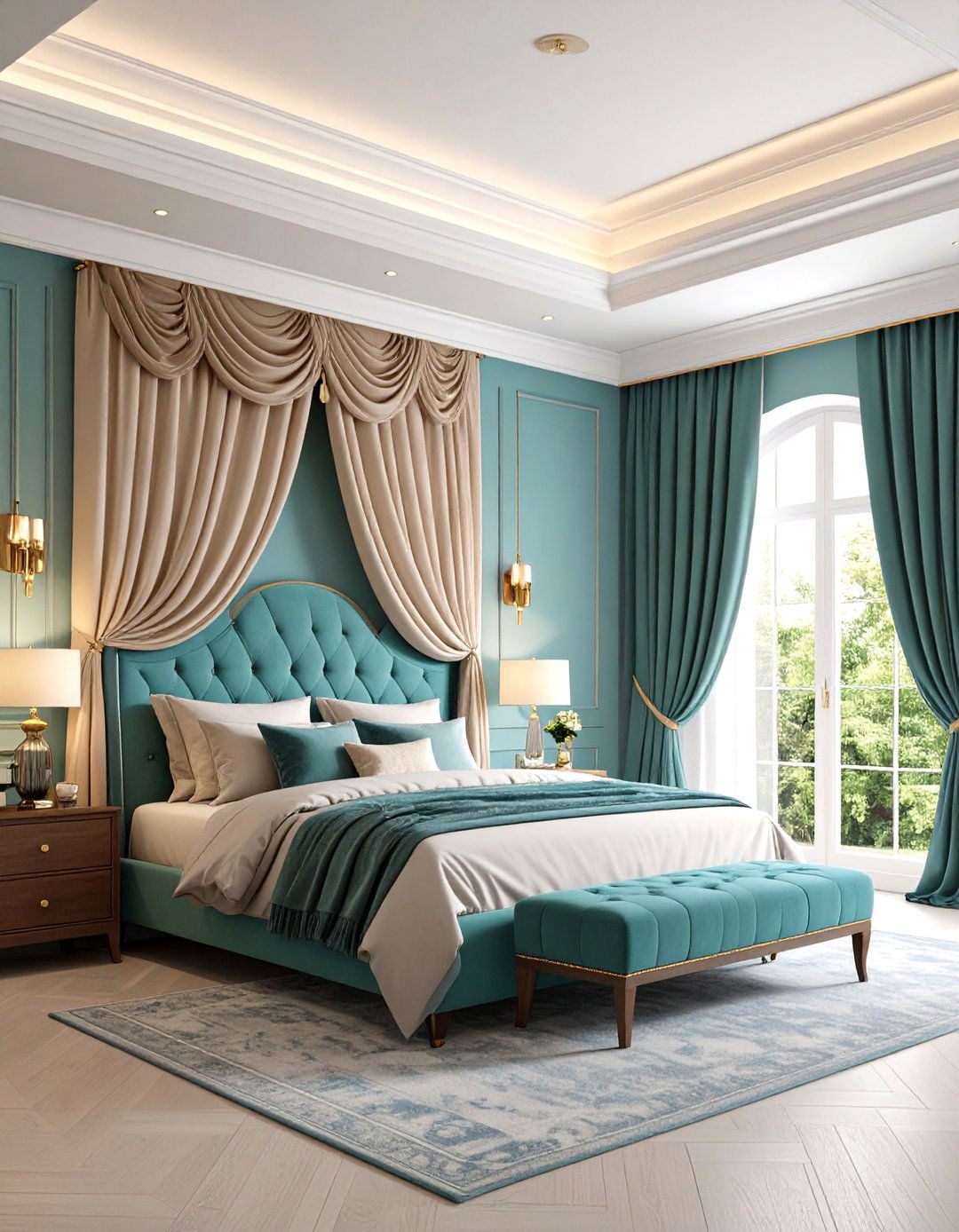
Mount ceiling-track hardware two inches behind the crown and the drapery slides disappear, letting fabric fall from “nowhere.” Tutorials for hiding rods under molding highlight how this trick cleans window lines and maximizes perceived ceiling height. Pinterest TikTok Choose a low-profile aluminum track and pre-paint the crown before installation so paint fumes don’t transfer to fabric later.
18. Polystyrene Peel-and-Stick Crown
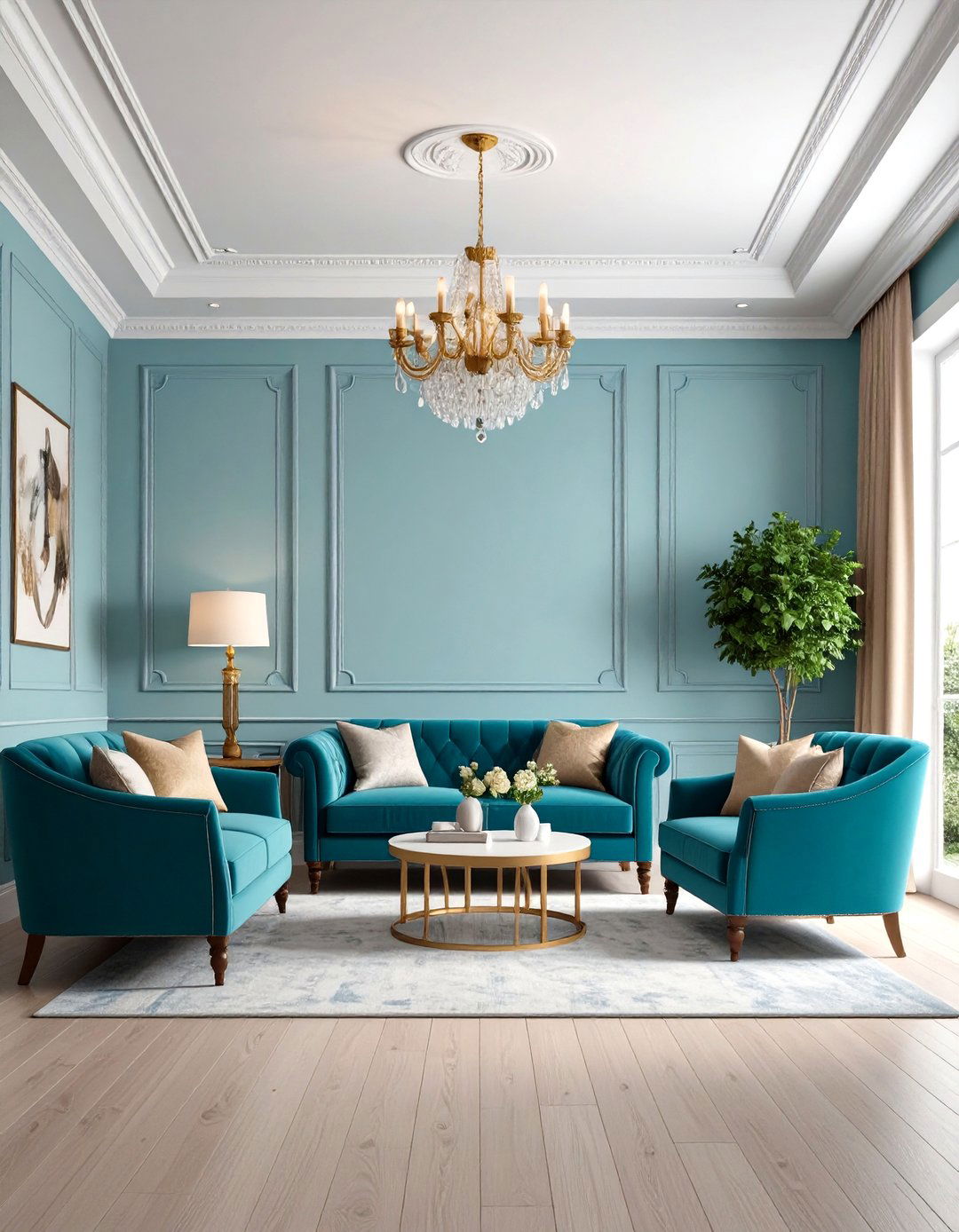
Renters rejoice: lightweight polystyrene crown with built-in adhesive installs with a utility knife and level—no miters, sawdust, or stud finding. Manufacturers even offer back-lit versions with LED channels for extra flair. TikTok Clean walls thoroughly and snap chalk lines before peeling backing; the foam can be caulked and painted, yet removes with gentle heat when moving out.
19. Crown Molding in Outdoor Porches
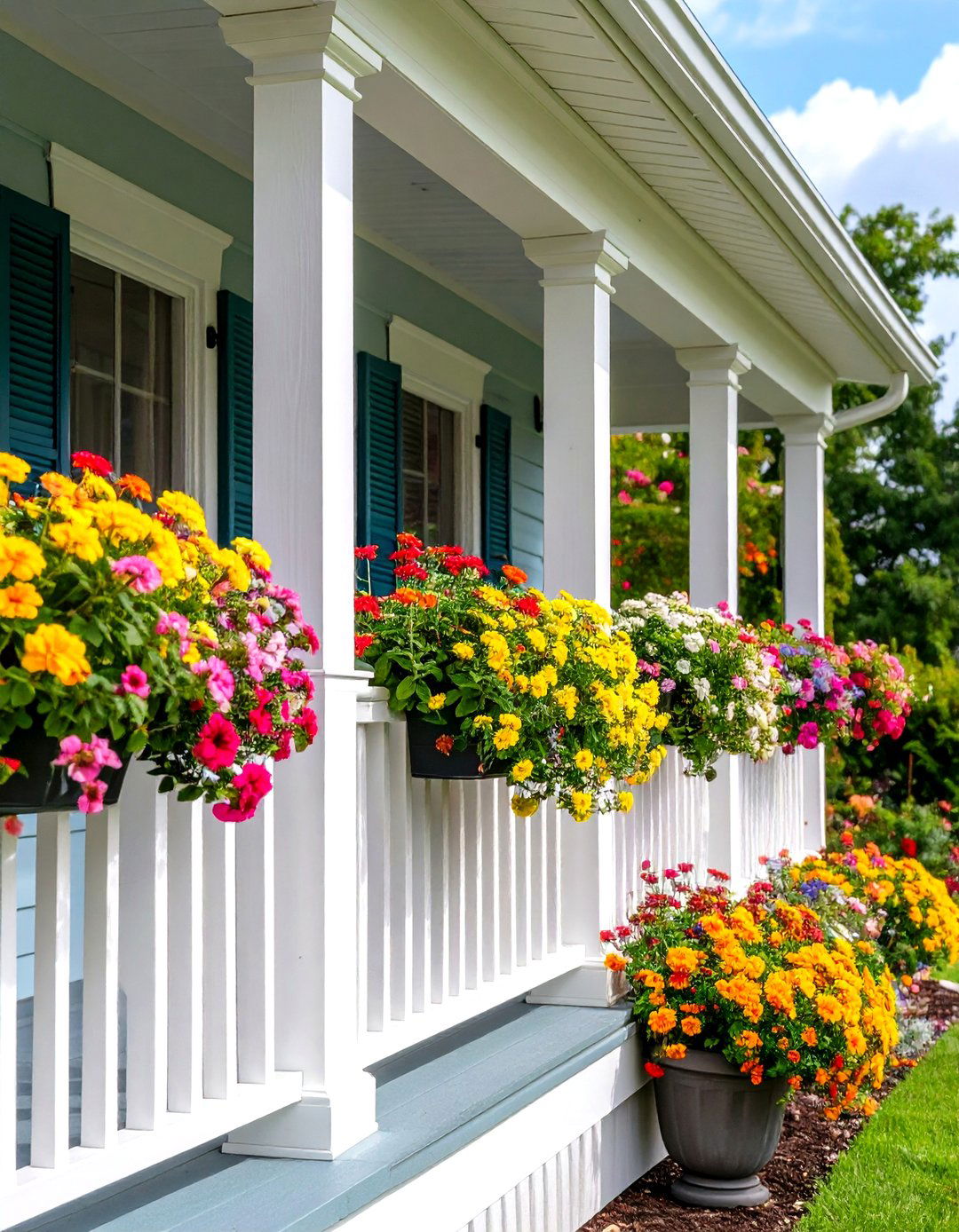
UV-stable PVC crown rated for exterior use trims porch ceilings, hiding bead-board edges and wiring for fans. Suppliers note that cellular PVC won’t warp under humidity or sunshine and arrives bright white, reducing paint labor. Elite Trimworks Corporation Lowe's Use stainless steel brads and fill holes with color-matched PVC putty for a maintenance-free finish that echoes indoor elegance outdoors.
20. Crown Molding as an Indirect HVAC Cover
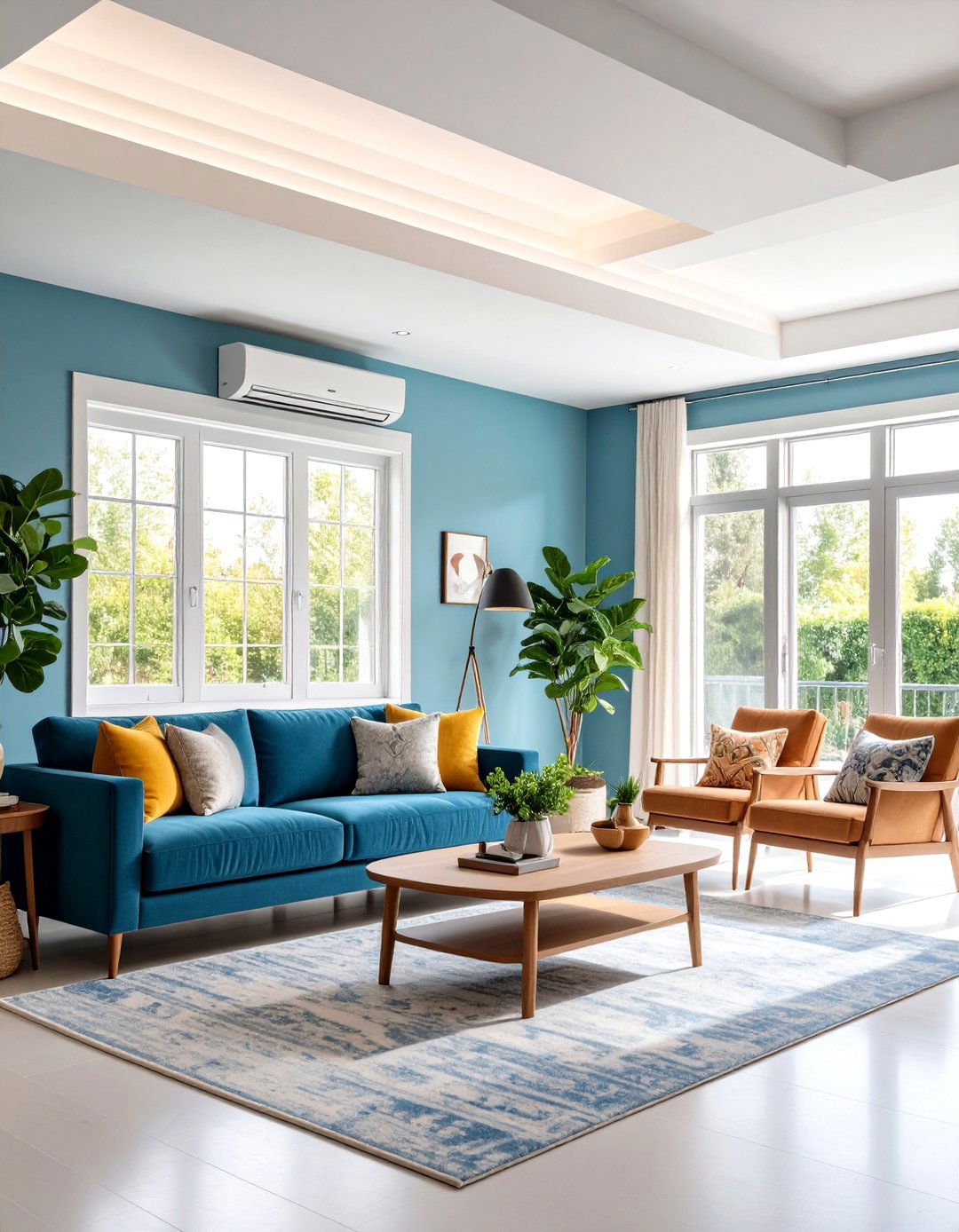
When drywall soffits drop a few inches to carry ductwork, blend them into the room by topping the box with crown; Houzz discussions and trade forums show vents neatly notched into molding for a built-in look. Houzz Reddit Prime both soffit and crown together so they read as one element; a small bead of caulk around the vent faceplate keeps edges crisp.
Conclusion:
The beauty of crown molding lies in its range—from minimalist shadows to layered showpieces, from foam peel-and-stick to salvage-wood statements. Each idea above demonstrates how a thoughtful profile, material, or paint choice reshapes perception of height, light, and craftsmanship while respecting room function and style. Whether you’re chasing subtle cohesion with flexible cove or bold impact with black enamel, crown molding remains a cost-effective, high-return upgrade that frames every other design decision to follow. So pick a concept, measure twice, and let your ceiling line tell a refined story.



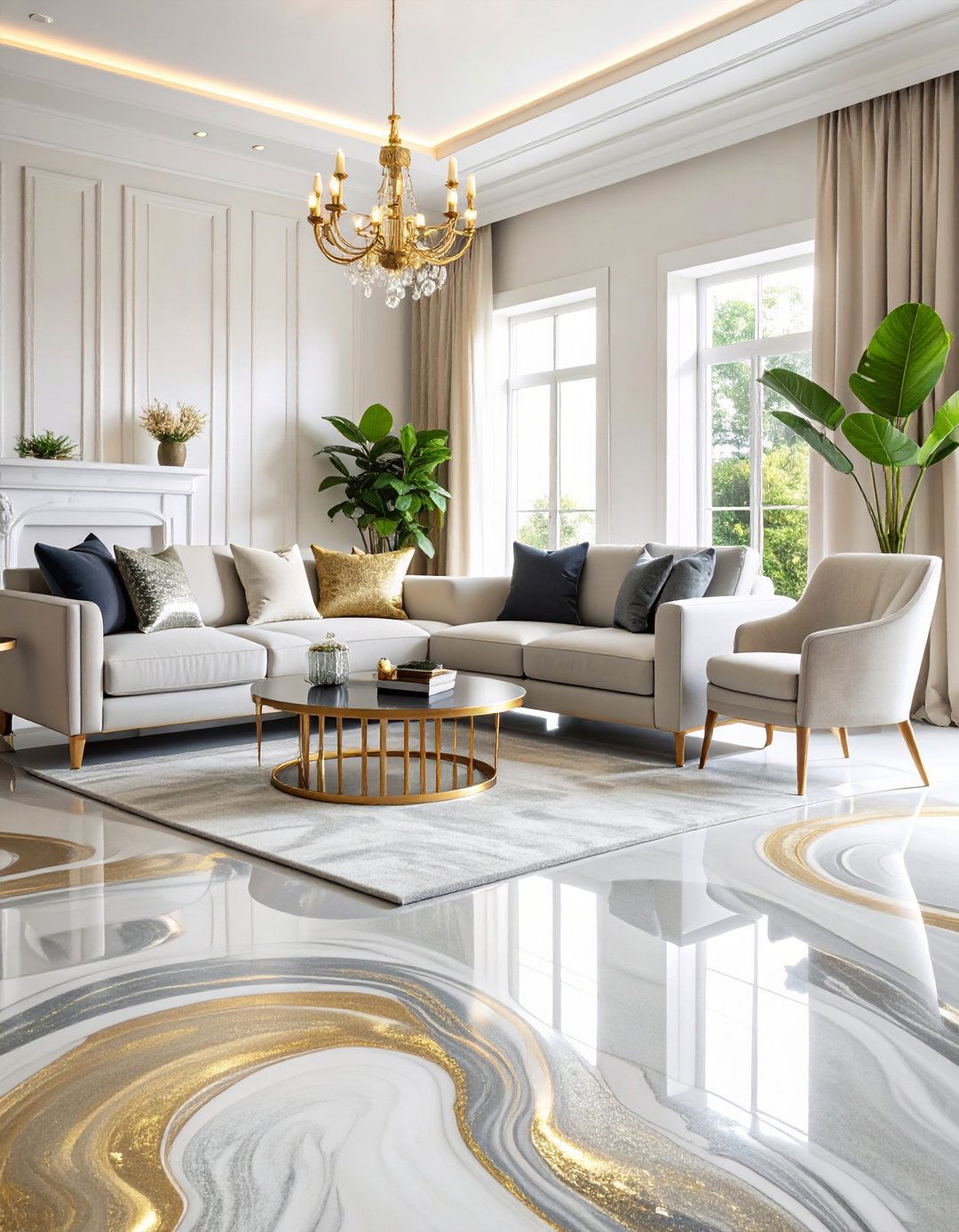
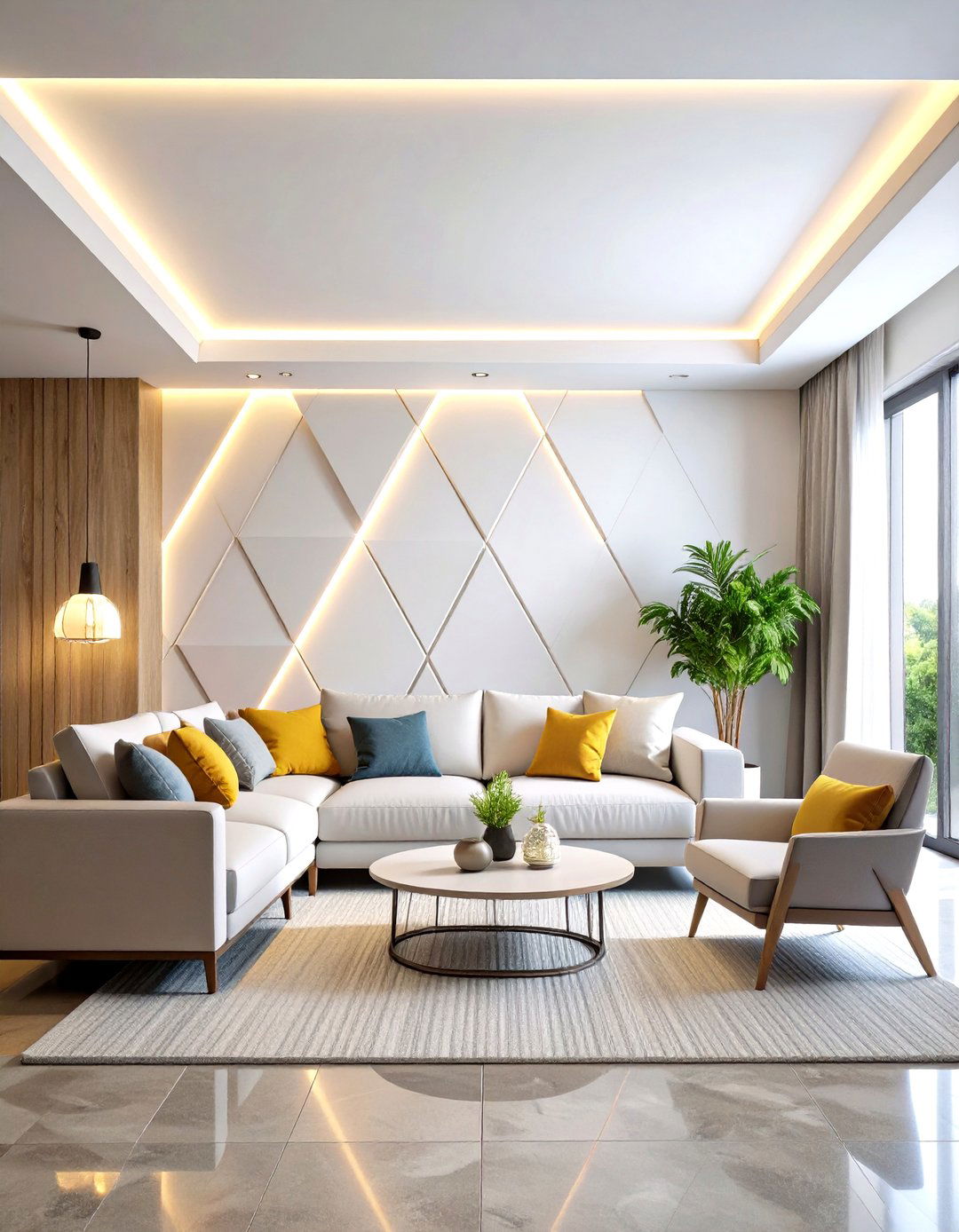
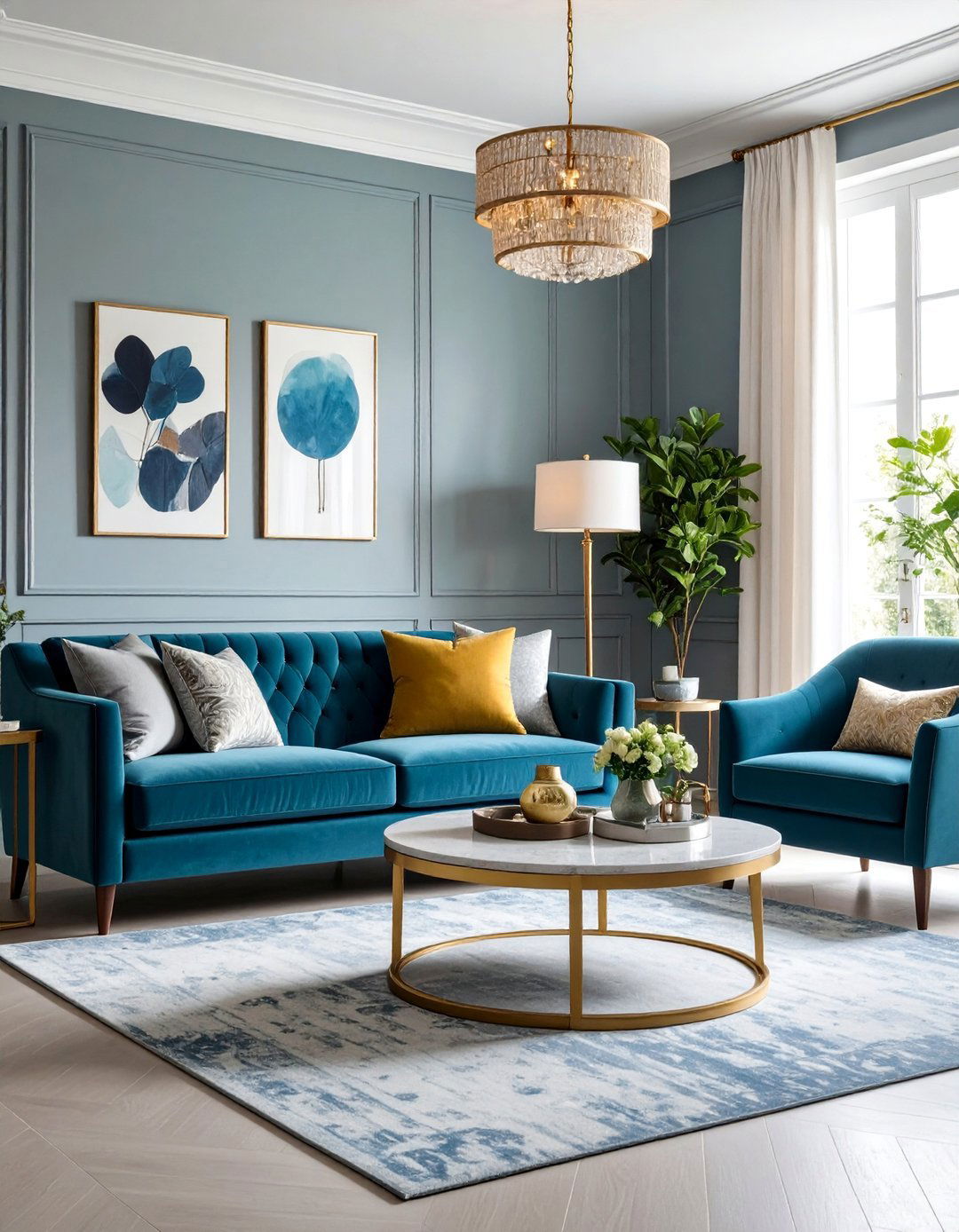
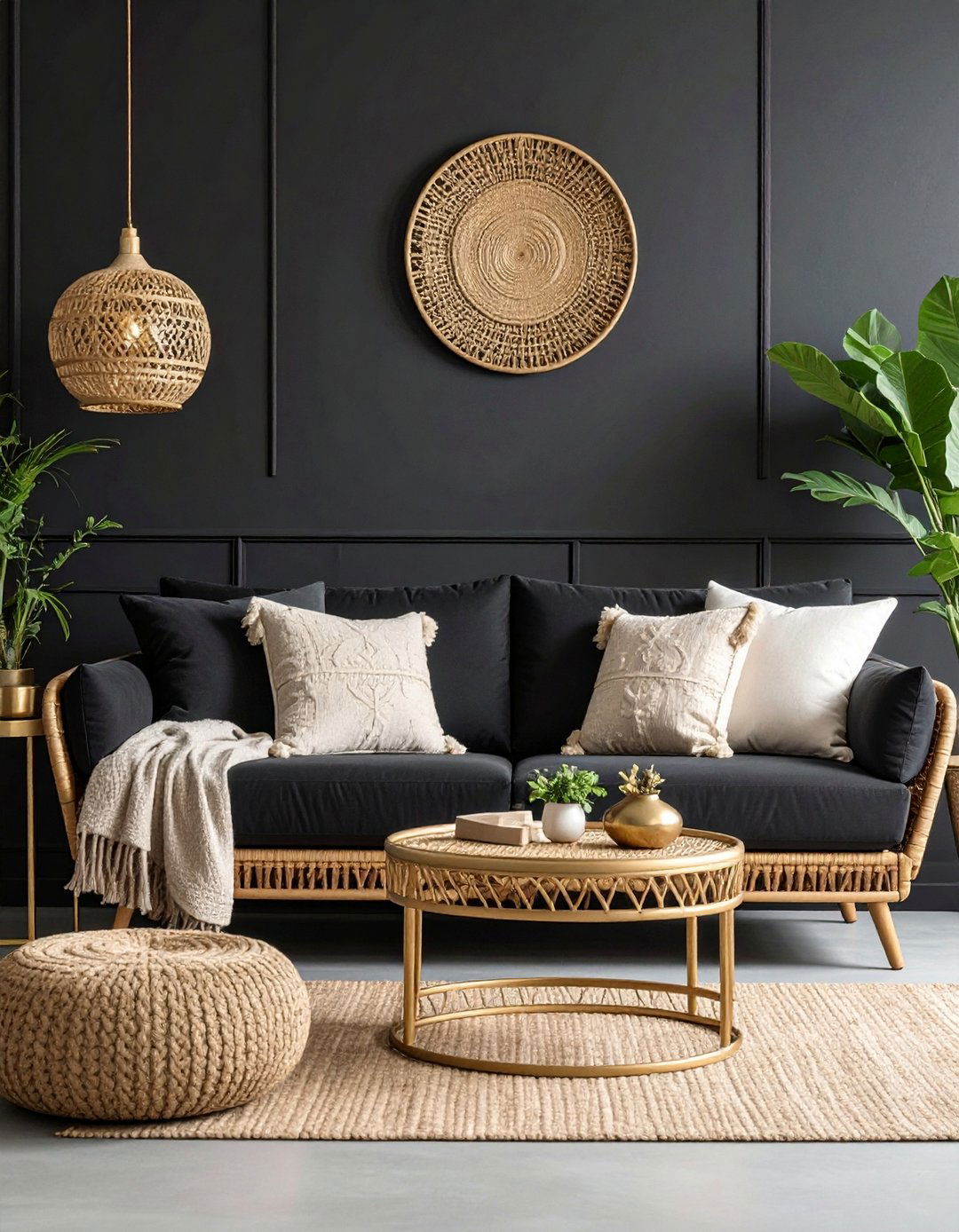
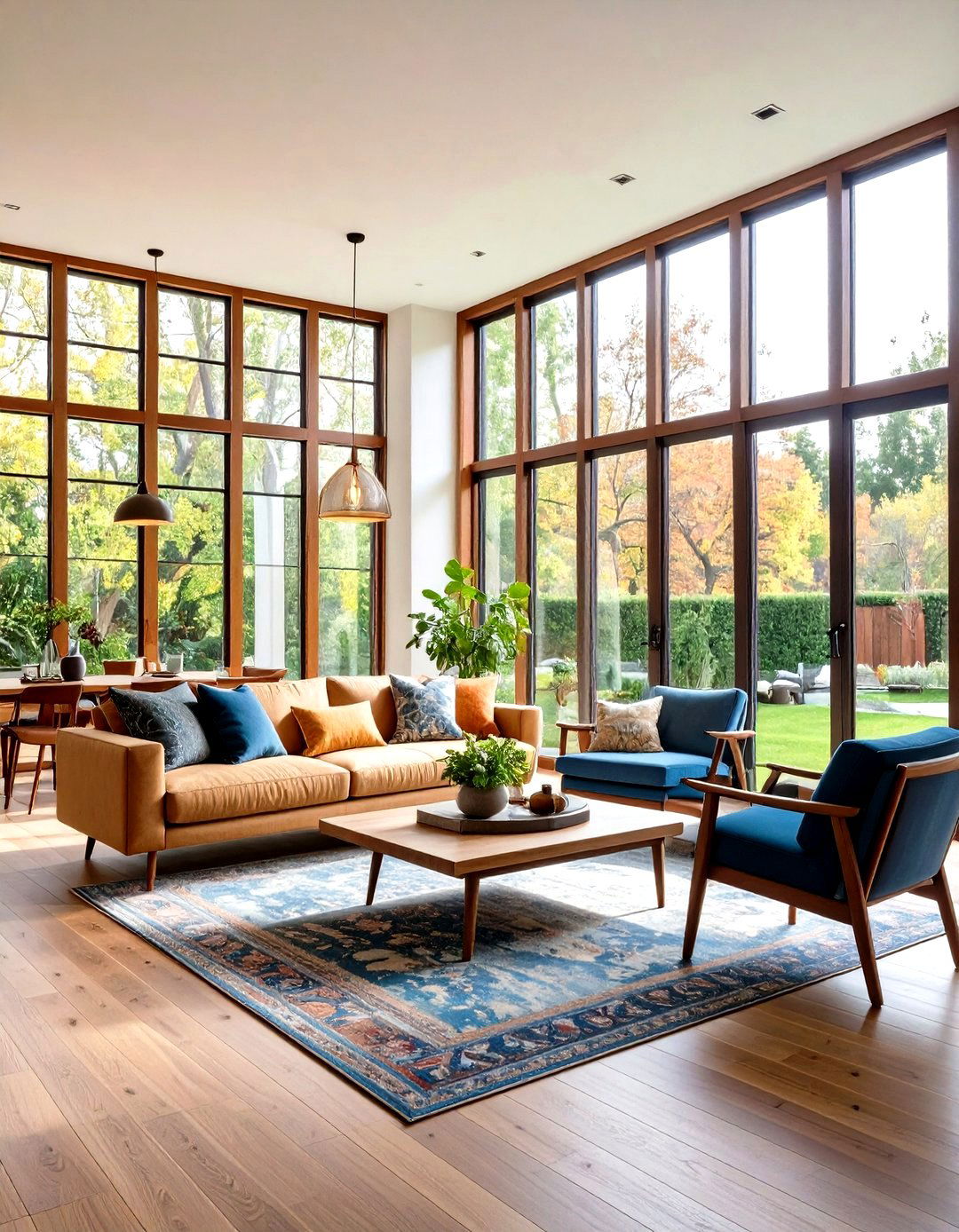

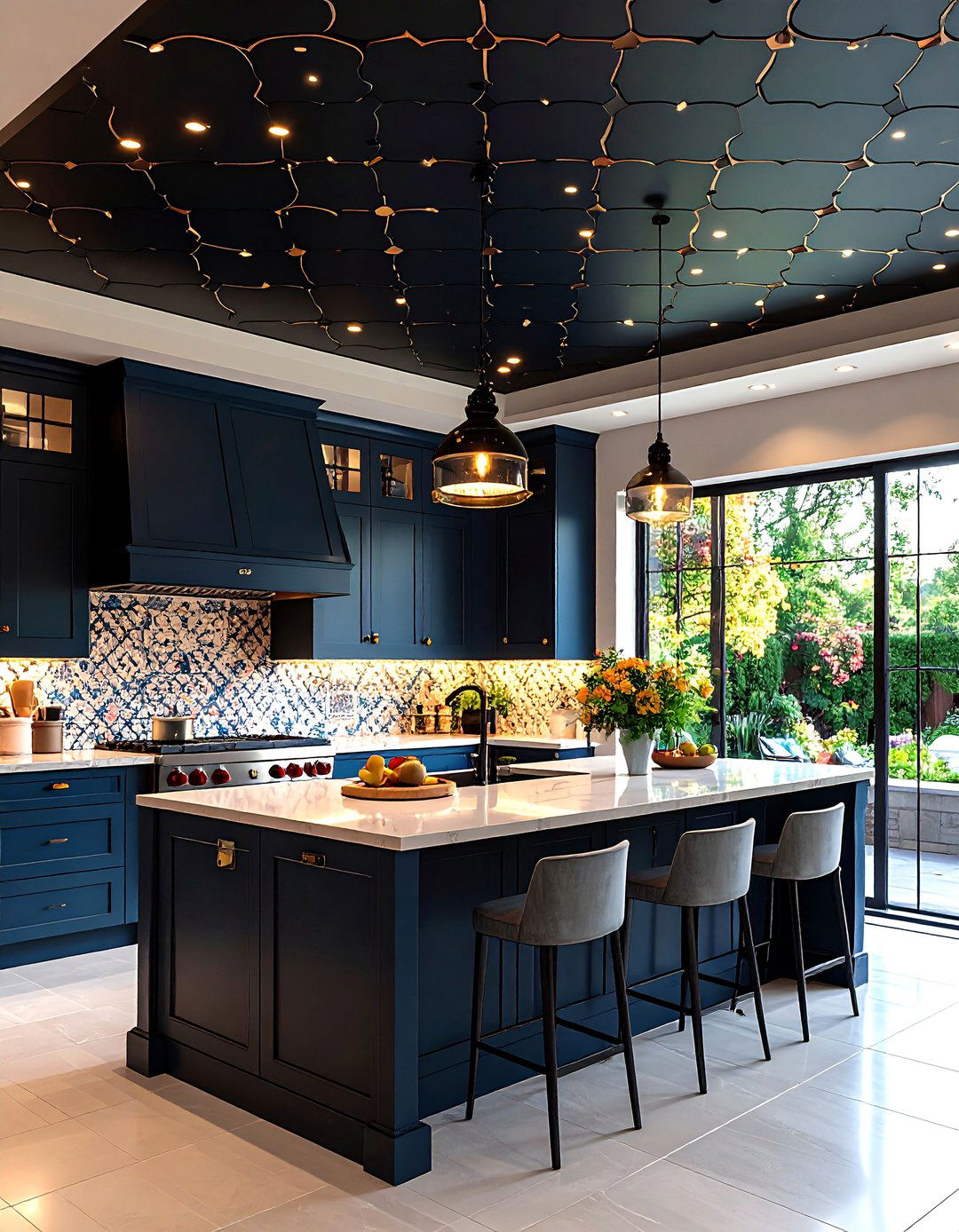

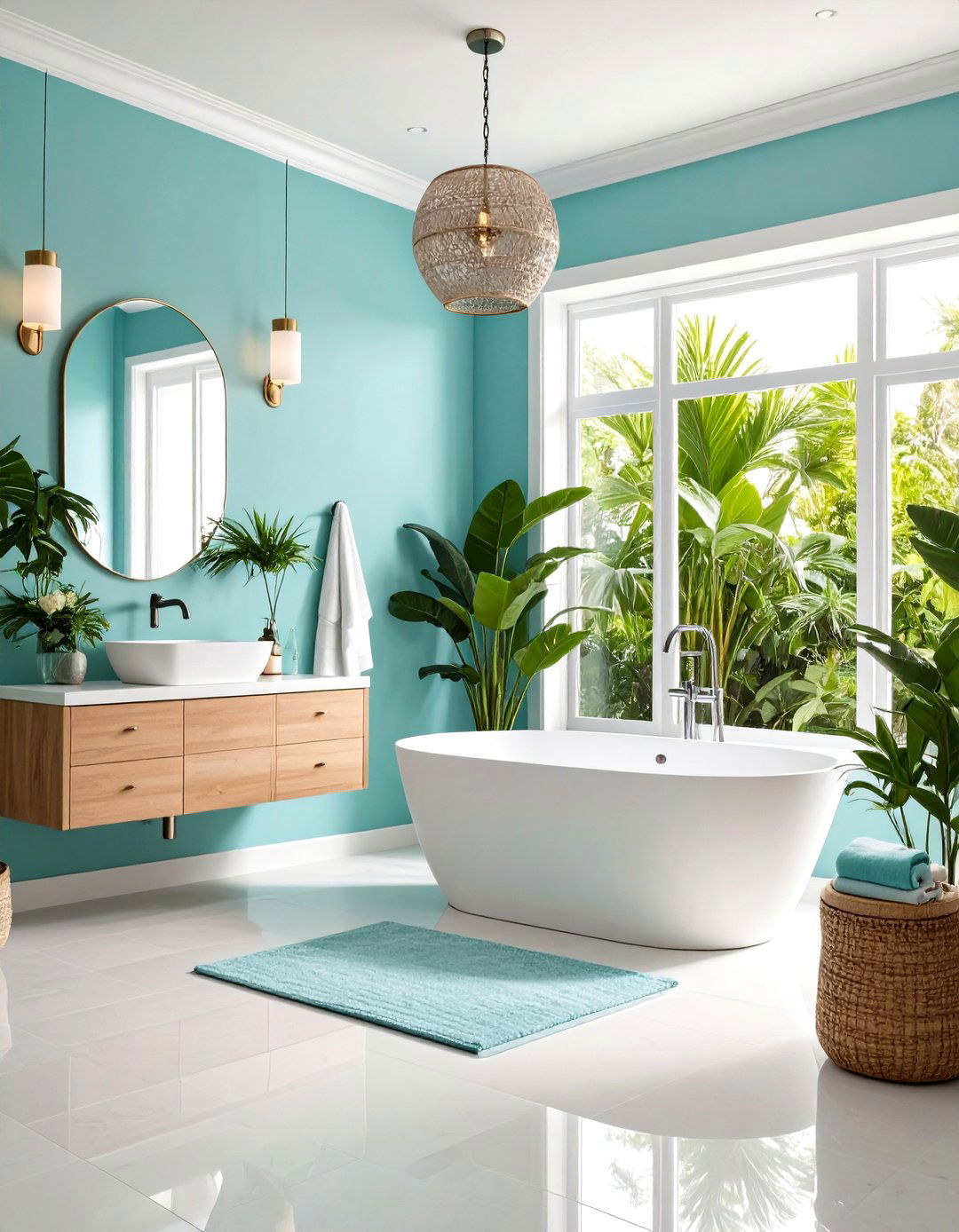

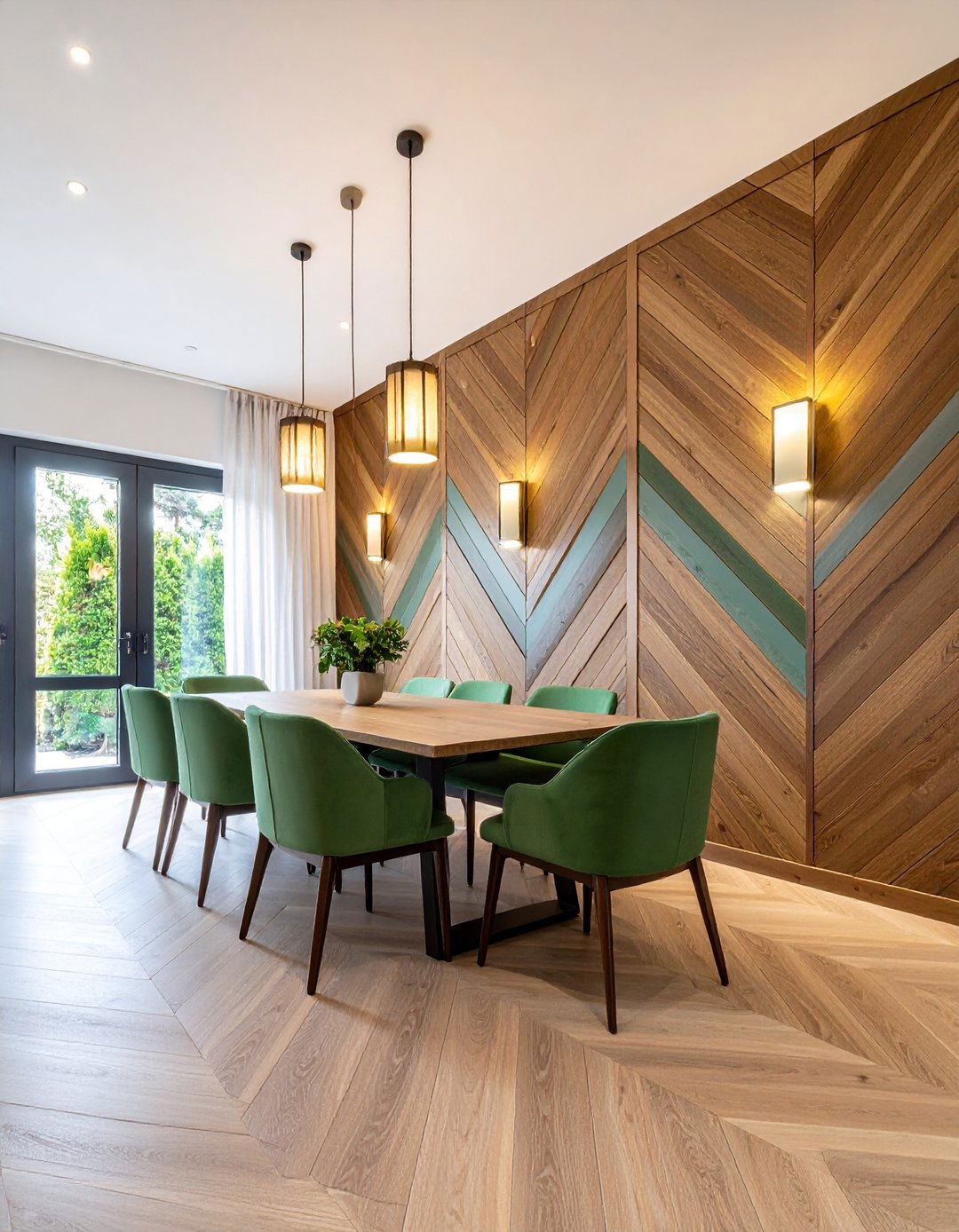
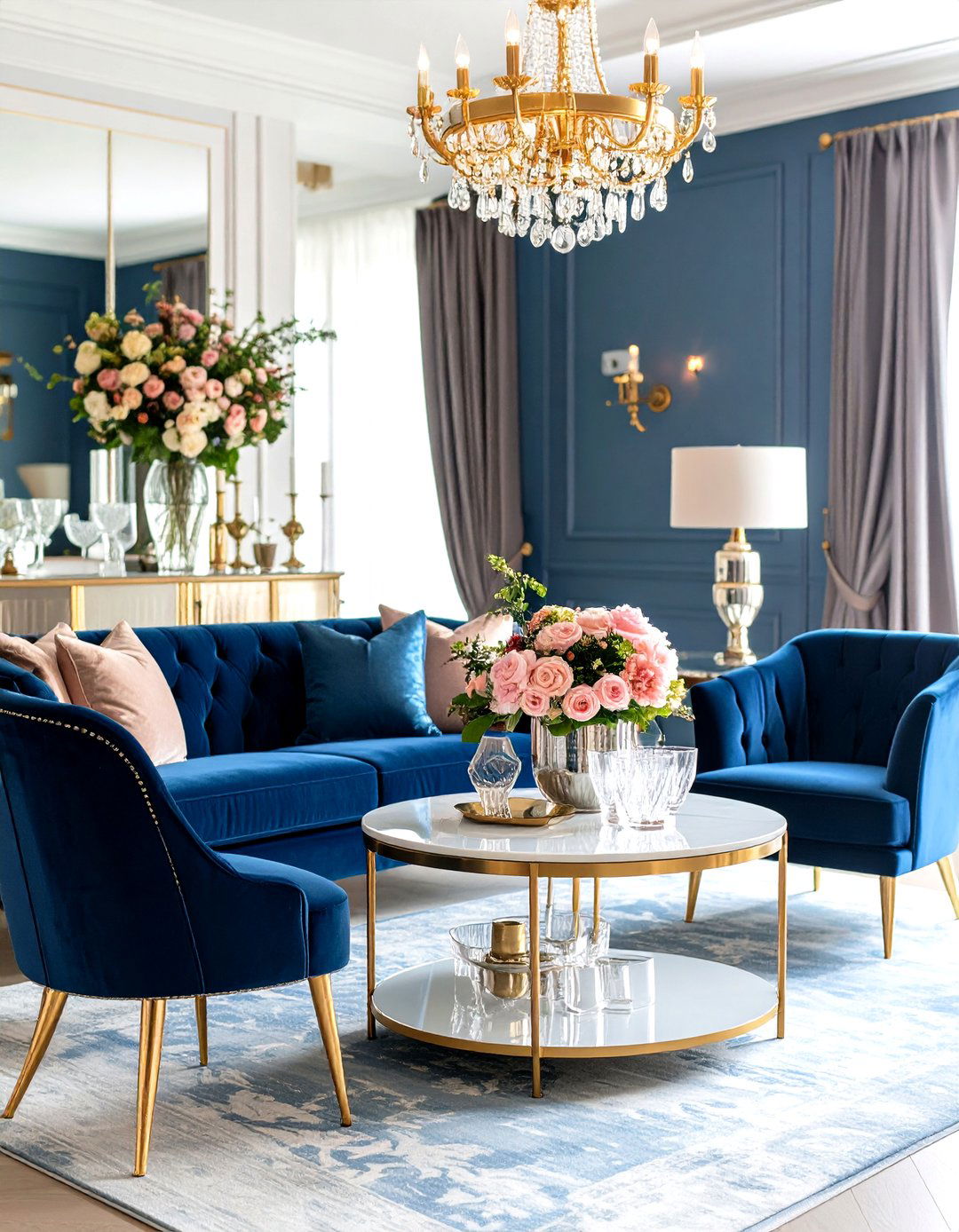
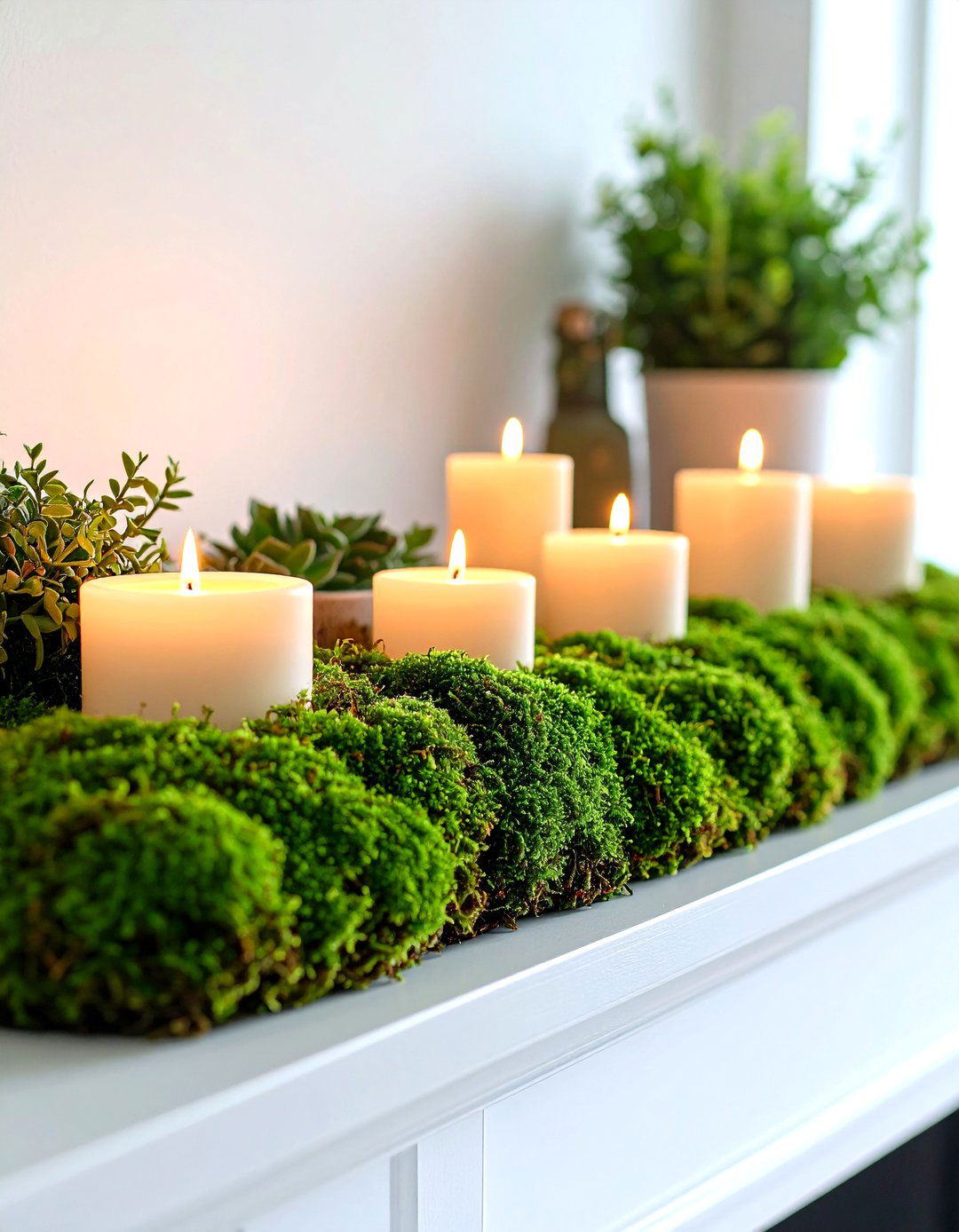
Leave a Reply